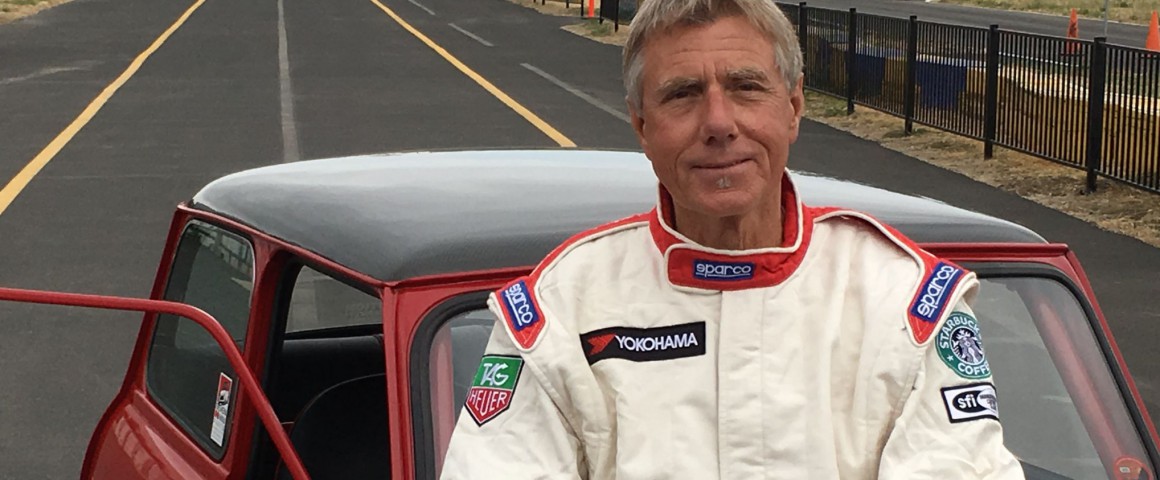By Michael Kotowski
My friend was among the last group of passengers to fly on the now retired Concord supersonic jetliner. He told me that as the aircraft was gathering speed and climbing toward cruising altitude, an illuminated sign on the bulkhead announced, “You are now traveling faster than a .45 caliber bullet.”
“And there I was,” he said, “Sitting with my legs crossed and sipping a Bloody Mary. Can you believe that?”
Well, yes. Yes I can. After having had similar existential experiences regarding the subject, it occurs to me that speed is merely an illusion—at least the sensation of speed is an illusion. Actual speed as measured by a police officer’s radar gun is another matter. Even my four-year-old grandson is familiar with perceived versus actual speed.
“We need to walk fast, William. We’re meeting your mommy for lunch in ten minutes and we’ll be late if we don’t hurry up.”
He tells me, “But Grandpa, I am walking fast. Really, really fast!”
When I look down at his legs that are clearly moving three times faster than mine—a blur of canvas sneakers and corduroy—I realize he’s right. He is walking fast. In the case of the Concord—and my grandson, too, I’d say—proximity to the ground is probably the primary factor for distorting the sensation of speed. Regarding the Concord, secondary factors no doubt include minimal ambient sound and a modest sensation of motion within the cabin.

Track Day
So, how exactly does this work? And more importantly, how can we best optimize this illusion when we’re behind the wheel of our favorite sports car? I’m quite happy borrowing the popular quote: “It is more fun to drive a slow car fast.” And when my “fun zone” is somewhere between 35 and 70 mph, for the most part it’s all nice and legal.
I would add that the size of the vehicle is another factor in creating the sensation of speed. So too is the degree of our participation. Running up and down through the gears adds an element of speed and exhilaration that an automatic transmission fails to deliver. You can probably see where I’m going with this. Ladies and gentlemen, I present to you the Classic Mini: poster child of illusionary speed. A miniature body supported by tiny wheels mere inches from the ground? Check. Plenty of participation required of the driver? Check. And an arguably under-powered motor providing plenty of noise? Check and check.
Regarding the participatory factor in all this, there are few automobiles that require—demand actually—greater participation from its driver. Driving a Mini is more like riding a motorcycle, requiring a full 80% of your attention. It takes both hands and both feet to keep the car between the ditches. Best not try sipping a latte or texting a buddy while piloting this miniature automobile on anything but a large, dry lake-bed.
I often take my Mini ‘Rosebud’ on a romp through secluded, tree-shaded roads, with tight turns and a 40 mph speed limit that provide a perfect venue for some spirited afternoon driving.
It is at once both comical and humiliating to be gripping the steering wheel with all of my might while bipping the throttle for a downshift and powering through a tight turn with my sticky track tires seemingly on the edge of adhesion, only to see in my mirror a gardener in a pickup truck piled with lawnmowers and grass clippings inches from my rear bumper.
Doesn’t he know how fast I think I’m going?








'The Great Illusion' has no comments
Be the first to comment this post!